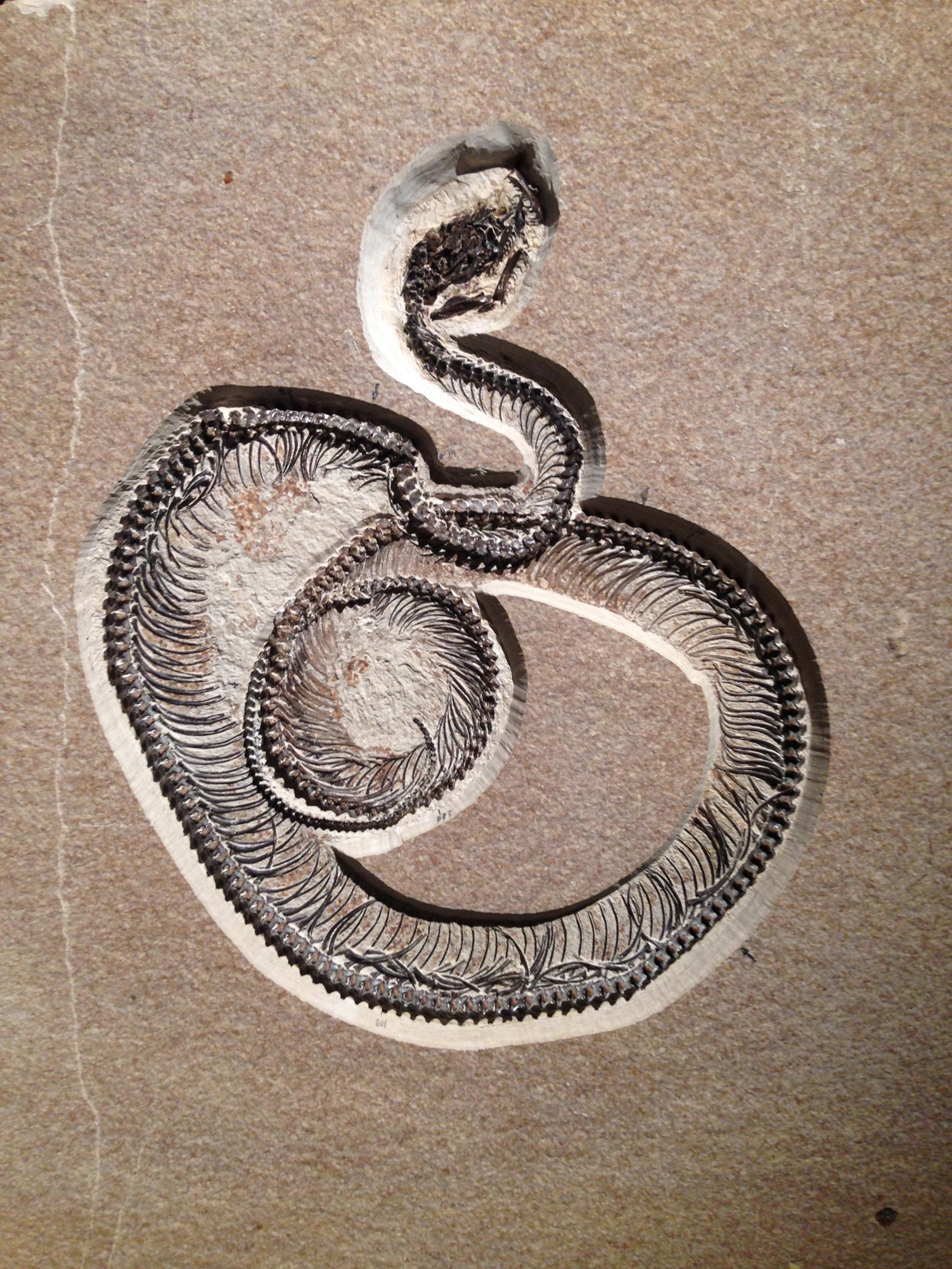In today’s rapidly changing world, successful conservation programs will need to look at fossils to effectively foster adaptive capacity in both historical and novel ecosystems, according to a Texas A&M AgriLife Research scientist.
Dr. Michelle Lawing, assistant professor in the ecosystem science and management department at Texas A&M University in College Station, was one of 41 experts covering this topic in their research article, “Merging paleobiology with conservation biology to guide the future of terrestrial ecosystems,” in the Feb. 10 issue of the journal Science.
“We use fossils to tell us how species responded to ancient climate change,” Lawing said. “There are many climate fluctuations in the past we can study to help us understand how species and communities coped with these changes.
“That past response helps us understand whether or not the measured modern response to environmental change is within the realm of normal or if it is greater than expected,” she said.
“For example, based on the fossil record, we know that communities typically reorganize after major environmental events, including extinction.”
Lawing joined others from around the world, including ecologists, conservation biologists, paleobiologists, geologists, lawyers, policy makers and nature writers, who do conservation and policy work on all continents, except Antarctica, to contribute to the Science article.
She said their research was based on conversations at a conference at the University of California-Berkeley in September 2015.
“That conference was a response to a growing need to get paleontologists, conservation biologists and policy makers in the same room to talk about what our areas of research can really bring to the table, in terms of conserving species in the face of changing climates,” Lawing said.
The conference was organized and funded in part by the Integrative Climate Change Biology Group, a subgroup of the International Union of Biological Sciences. Lawing is one of three group leaders of the Integrative Climate Change Biology initiative.
Other contributors included the Museum of Paleontology, Berkeley Initiative for Global Change Biology and the Office of the Vice Chancellor for Research at the University of California-Berkeley; the Conservation Paleobiology Group at the department of biology, Stanford University; and the Senckenberg Biodiversity and Climate Research Centre, Frankfurt, Germany.
At Texas A&M, Lawing specializes in climate change biology, paleobiogeography and morphometrics. She explained she uses methods and models from modern ecology and evolutionary biology combined with evidence from the fossil record to create a better understanding of how species and communities respond to environmental change through time.
Her data was illustrated in the study to show how ecometrics might be used to monitor and measure ecosystem change through time, explaining that body proportions and proportions of certain bones are linked to land cover, land use and topography through locomotor performance.
An ecometric is a measurement used to characterize change across space and through time, from dozens of years to millions of years.
https://today.tamu.edu/2016/08/30/rediscovery-of-fuzzy-species-sparks-conservationist-excitement/
Lawing said in carnivoran communities, locomotor diversity can be measured by examining the limbs and ankles of the animals, which is known to be linked to vegetation cover. With snakes, the same relationship can be measured with the ratio of tail to body length.
Changes in these traits can be assessed for compatibility with changes in community composition and land cover, she said. For example, when land acquired by the University of Kansas was converted from agricultural grassland to forest between 1947 and 2006, turnover in the reptile life changed the overall community measurement of tail-to-body length. This change was also seen in grassland and forest ecosystems elsewhere.
Community snake tails, on average, are longer in forested areas because many snakes in the forest community have prehensile tails, meaning they use their tails like an appendage to grab branches to help stabilize their movement through the canopy.
Conversely, 19th-century deforestation of Indiana completely destroyed many large mammalian carnivores, resulting in a loss of locomotor diversity. She said this loss of locomotor diversity can be mapped to identify other regions that may have been similarly affected.
“As a group, we concluded that rapid global change means conservation biology has to be done differently going forward,” she said. “The fossil record has to be a critical part in guiding our efforts to conserve nature into the future.”
As a result of this study, Lawing said conservation biologists and paleobiologists are working together to develop new conservation paradigms for both historical and novel ecosystems.
“Instead of conserving ecosystems in their current or recent state, we need a more nuanced approach that involves figuring out which species and ecosystems need human intervention to persist, fostering connectivity of habitats with anticipation of future changes in climate and land use, and determining the compositional and functional variation that is expected within various ecosystems.”
Lawing said she will continue to develop ecometric tools to measure ecosystem changes through time and has helped organize another Integrative Climate Change Biology meeting March 6-8 in Nairobi, Kenya.
More information about the conference, “Traits Past, Present and Future: Quantitative Approaches to Paleontology, Conservation and Climate Change Biology in Africa,” can be found at http://iccbio.org/.
The complete Science journal article can be found at http://science.sciencemag.org/.
###
This story by Kay Ledbetter was originally posted on AgriLife Today.
Media contact: Dr. Michelle Lawing, 979-845-5033, alawing@tamu.edu






